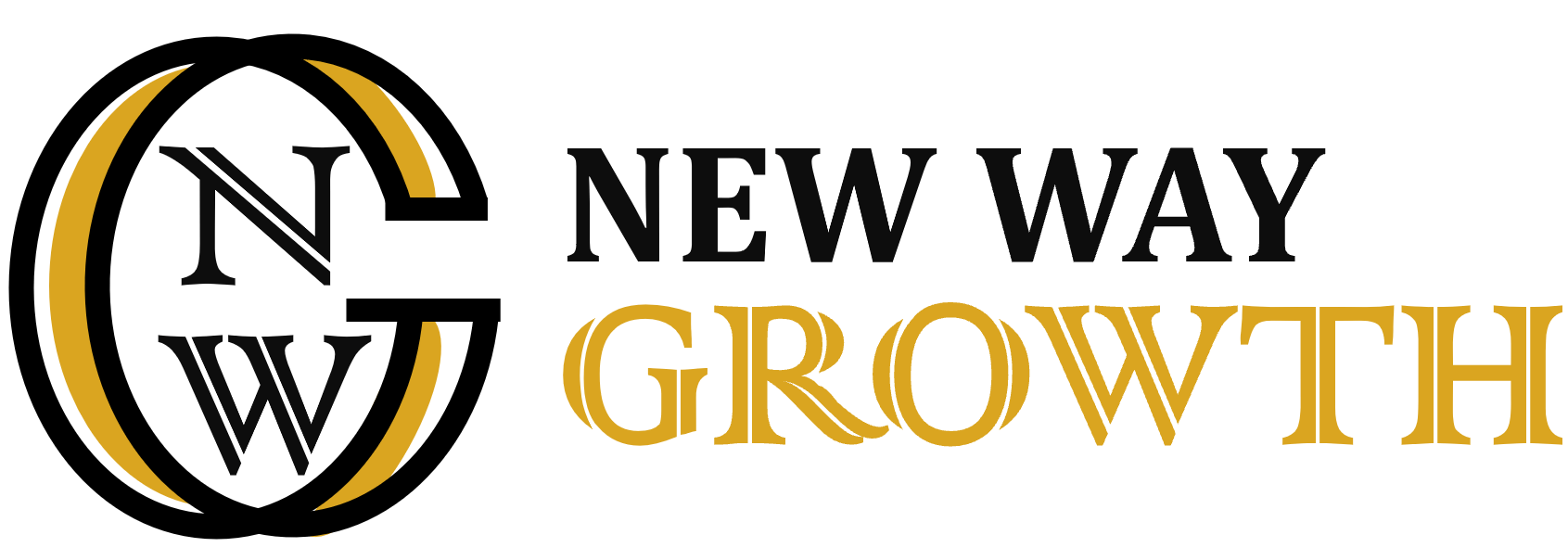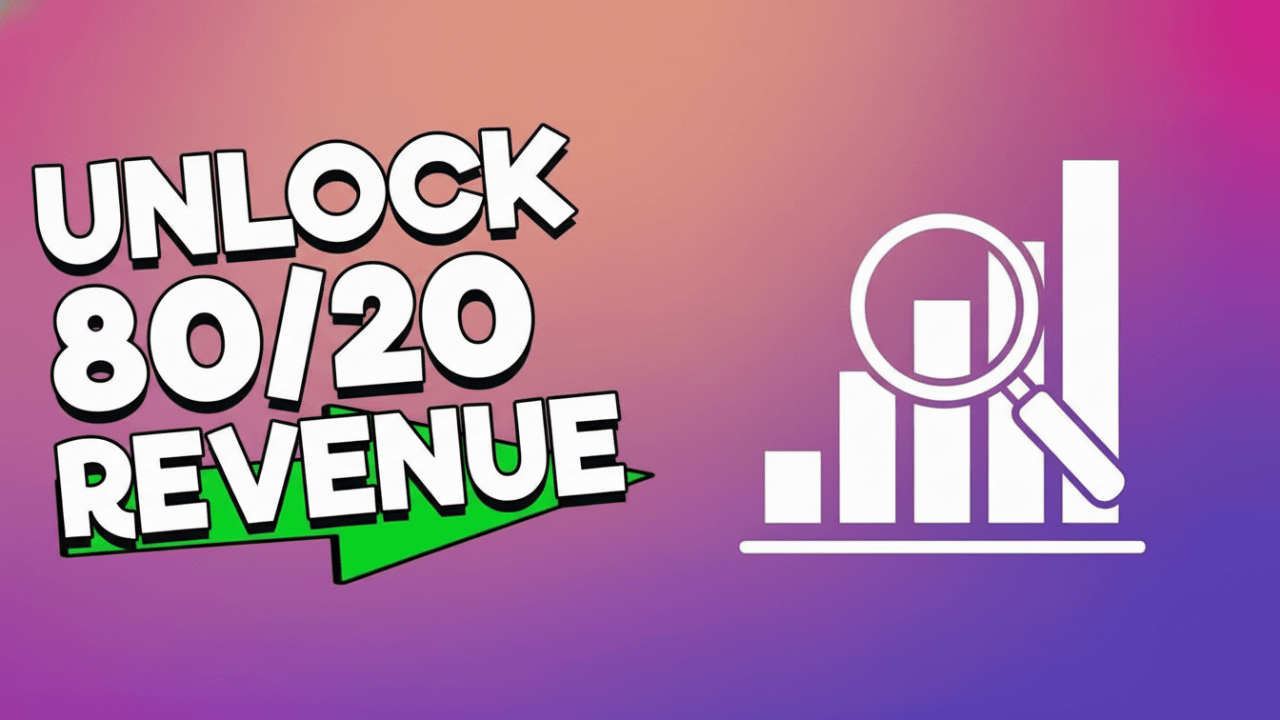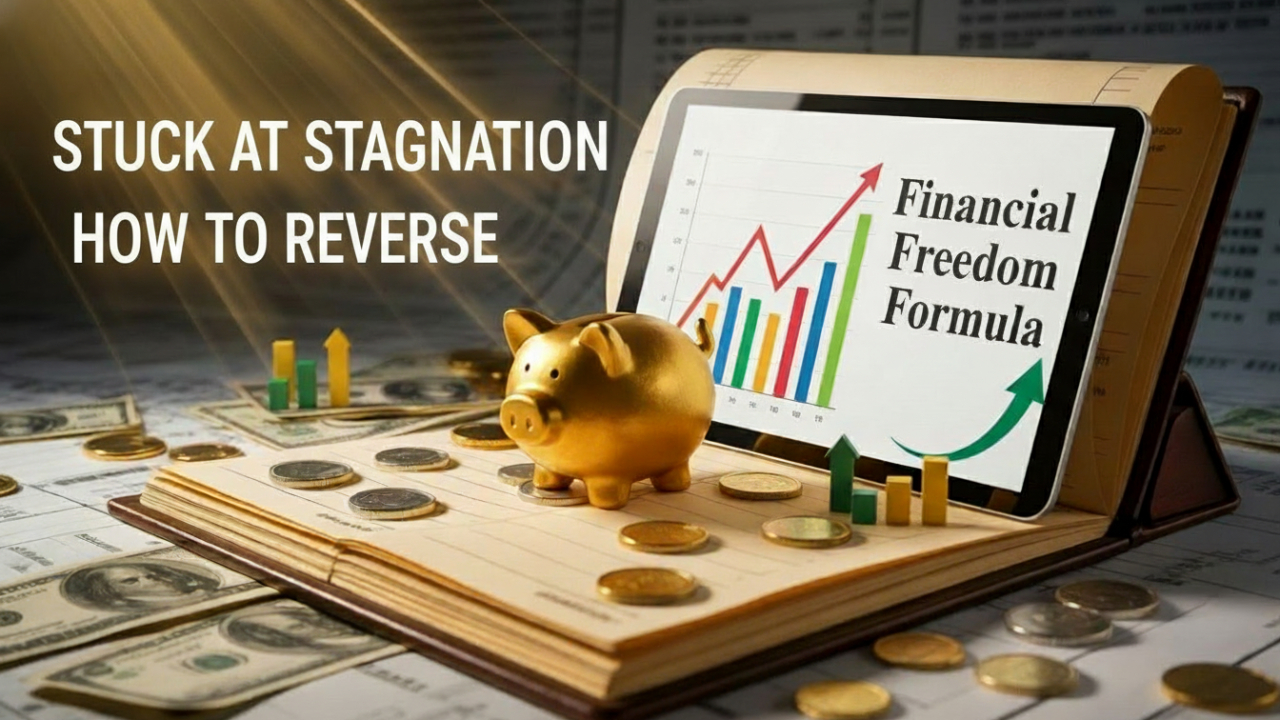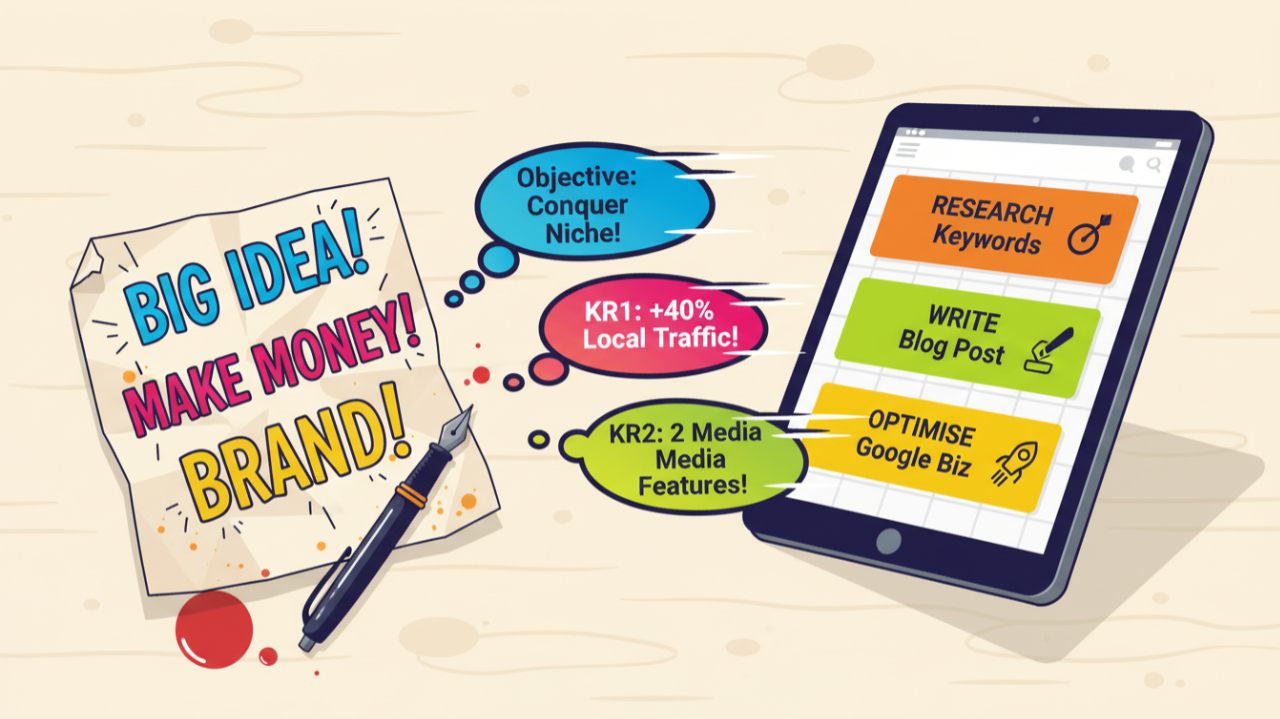From "Nice to Have" to Must-Have: The Real ROI of Business Coaching
Let’s face facts here. As a business owner, your desk, your inbox, and probably your brain are flooded with things demanding your money. There’s new software, another marketing "opportunity," that piece of equipment you’ve been putting off, and the ever-present payroll. Every single pound has to justify its existence. So when someone mentions business coaching, it’s completely natural for a part of you to immediately file it under ‘nice to have’ or, even more likely, ‘expensive luxury’.
I get it. The idea can feel a bit… fluffy. You’re being asked to invest real, hard earned cash into something that, on the surface, looks like a series of conversations. How do you possibly put a number on that? How do you justify it to yourself, let alone a business partner or your accountant, when you’re weighing it against something tangible like a new van or a CRM system?
That’s exactly what we’re going to talk about today. We’re going to strip away the ambiguity and look at coaching for what it should be: a strategic business investment. And like any good investment, its potential return should be something you can actually estimate. This isn't about a magical, complicated spreadsheet. It’s about creating a simple, logical framework so you can make a clear headed, data driven decision about whether coaching is right for you and your business right now.
Why We Even Need to Talk About ROI
When you buy a new machine for your workshop, the return on investment, or ROI, is straightforward. It produces X more widgets per hour, which translates to Y more profit. Simple. But when the ‘machine’ is you, the leader, and the ‘upgrades’ are your decision making, your strategy, and your efficiency, the calculation feels a bit more abstract.
But it’s not. In the context of coaching, ROI is simply a measure of the value you get back from the money and time you put in. For every pound you invest in a coaching programme, how many pounds in measurable value does the business get back? Thinking this way moves coaching from the expense column firmly into the investment column.
For business owners, especially when you’re navigating that tricky growth phase with a team of 5, 10, or 20 people, every major decision rests on your shoulders. Your capacity to lead effectively isn't just a soft skill; it's the primary driver of the business's success or failure. An investment in your leadership is a direct investment in the operational engine of your entire company. So, understanding the potential return isn’t just a financial exercise. It’s a strategic one. It forces you to ask the right questions and to be crystal clear on what you actually want to achieve before you even begin.
A Simple Framework for Calculating Your Potential Return
Okay, let's get down to the nuts and bolts. The classic ROI formula looks a bit like this:
(Gain from Investment – Cost of Investment) / Cost of Investment
The ‘Cost of Investment’ is easy. That’s the price of the coaching programme. The tricky part is the ‘Gain from Investment’. This is where most people get stuck and give up. But we can break it down into three core, quantifiable areas. For your business, the gain will likely come from a combination of these:
- Time Saved: Through improved personal productivity, better delegation, and more efficient systems.
- Mistakes Avoided: By having a strategic sounding board to prevent costly errors in hiring, strategy, or operations.
- Revenue Growth: From improved sales processes, better team performance, clearer strategic direction, and identifying new opportunities.
So, a more practical formula for you might look like this:
(Value of Time Saved + Cost of Mistakes Avoided + Additional Profit) – Cost of Coaching = Your Net Gain
Let’s be clear, this is an estimate. It's a forecast. But running a business is all about making educated forecasts. This framework simply gives you the tools to make this particular forecast a much more educated one.
How to Actually Measure Each of These Components
This is the most important part. How do you turn these concepts into actual numbers you can plug into your calculation? It requires a bit of honest reflection, but it’s more straightforward than you might think.
1. Quantifying Time Saved
First, you need to figure out what your time is worth. This can be an uncomfortable question, but it’s a vital one. A simple way to do this is to take your annual turnover and divide it by the number of hours you work. Let’s say you work about 50 hours a week, 48 weeks a year. That’s 2,400 hours. If the business generates £250,000 in revenue, your time is worth £104 per hour. (there are other ways of doing this, instead of annual turnover, take your annual profit. But I always like to make it feel uncomfortable, after all, you are responsible for the total revenue of the business)
Now, think about where you’re losing time.
- How many hours a week do you spend on tasks you know you should delegate but don’t?
- How much time is lost to indecision or wrestling with a problem alone?
- How many meetings do you sit in that are unproductive or could have been an email?
A good coach will help you identify these bottlenecks, build systems, and empower your team to take things off your plate. So, what’s a realistic improvement? Maybe coaching could help you reclaim five hours per week.
5 hours/week x £104/hour = £520 per week.
Over a year, that’s £24960 worth of your time unlocked. That’s not just money. That’s time you can now spend working on the business (strategy, sales, innovation) instead of just in it (putting out fires).
2. Calculating the Cost of Mistakes Avoided
This one is huge. As a small business, a single bad decision can set you back months, if not years. I’ve seen it happen time and time again. A business owner, operating in a silo, makes a call that feels right in the moment but has disastrous consequences.
Think about the potential financial impact of:
- A Bad Hire: The recruitment costs, the salary paid, the lost productivity, the damage to team morale, and then the cost of replacing them. The Recruitment & Employment Confederation (REC) estimates that a poor hire at mid manager level with a salary of £42,000 can cost a business more than £132,000. Even if we’re super conservative, it’s easy to see a single hiring mistake costing you £15,000 to £20,000. A coach acts as a vital sounding board in that process.
- A Flawed Strategy: What about launching a new service or product without proper validation? Or signing a five-year lease on an office that’s too big? Or investing £10,000 in a marketing campaign that targets the wrong audience? Having an external, objective expert to challenge your assumptions can be the difference between a calculated risk and a reckless gamble.
You can’t predict the future, of course. But you can look back at the last couple of years. Has there been one decision that cost the business, say, £10,000? If coaching could help you avoid just one of those a year, that’s a £10,000 gain right there.
3. Forecasting Revenue and Profit Growth
This is the one everyone focuses on, and for good reason. But it's also the hardest to attribute 100% to coaching. Business growth is complex. Market conditions, team efforts, and a bit of luck all play a part.
So, we need to be realistic. Instead of saying "coaching will grow my business by 30%," let's look at the drivers of growth that coaching directly influences.
- Improving Sales Conversion: A coach might help you refine your sales process, your pricing, or your proposal writing. If your current conversion rate is 20% and you get it to 25%, what does that mean in real terms? How much additional profit would that generate over a year?
- Increasing Customer Lifetime Value: Often, a coach will help you focus on client retention and satisfaction, which is far cheaper than acquisition. If you could increase your average client spend by just 10% through better service and follow up, what would that be worth?
- Team Performance: A good leader with a clear vision inspires their team. Better leadership leads to higher morale, lower staff turnover, and better customer service. This absolutely impacts the bottom line.
Let's imagine your business has a turnover of £500,000. You set a goal to increase that by 10%, which is £50,000. Let's be incredibly conservative and say that coaching is only directly responsible for a fifth of that growth. That’s still a £10,000 gain in revenue. If your profit margin is 20%, that’s a £2,000 direct contribution to your bottom line from that single initiative. You can do this calculation for a few different areas and add them up.
Making the Investment Work for Your Cash Flow
Now you have a way to estimate the return, but you still have to manage the investment. For a small business, cash flow is everything. A £12,000 invoice landing on your desk can be terrifying, even if you believe the ROI will be £30,000 over the next year. The best programme in the world is useless if you can’t afford the first payment.
This is where payment flexibility becomes so important. It’s a sign that the coach understands the reality of running a small business. Look for options like:
- Monthly Instalments: Spreading the cost over the duration of the programme, say 6 or 12 months, makes it a manageable operational expense rather than a huge capital outlay. It aligns the cost with the gradual benefits you’re starting to see.
- Custom Plans: Some coaches might offer plans that align with your specific business cycles. Maybe a smaller payment for the first couple of months while you get going, with larger payments later when the initial results start to kick in.
Transparency is also key. You should know the total cost upfront, with no hidden fees or surprises. This financial clarity is the foundation of a trusting and effective coaching relationship. It allows you to budget properly and focus on the work, not on worrying about the next bill. It’s about lowering the barrier to entry so you can make the right strategic decision for your business without putting your cash flow under undue stress.
From Calculation to Commitment
So, you’ve run the numbers. You’ve estimated the value of your time, the potential cost of mistakes you could avoid, and the slice of revenue growth you can realistically aim for. You have a figure that, hopefully, looks pretty compelling. What now?
The ROI calculation isn't just a hurdle to jump over to justify a purchase. It’s the foundation of your entire coaching engagement. The goals you identified during this process, whether it’s reclaiming ten hours a week or improving your sales conversion by 5%, become the very metrics you track to ensure the investment is paying off.
To maximise your investment, you need to treat it like one.
- Set Clear Goals from Day One: Share your ROI calculations with your potential coach. This creates instant alignment and accountability.
- Schedule Regular Reviews: Set aside time every quarter to look at the numbers. Are you saving the time you thought you would? Did you navigate a tricky decision that could have been a costly mistake? Is the sales pipeline looking healthier?
- Look Beyond the Spreadsheet: While we’ve focused on quantifiable metrics, don’t forget the intangible benefits. Things like reduced stress, increased confidence, and sleeping better at night because you finally have a handle on things. These don’t show up on the profit and loss statement, but they have a massive impact on your performance as a leader, and therefore, on the business itself.
Making Your Final Decision
Choosing to work with a business coach is a significant step. It’s a commitment of time, energy, and money. But it shouldn't be a leap of faith. By taking an hour or two to walk through this simple ROI framework, you transform a vague, emotional decision into a clear, logical business case.
You arm yourself with data. You clarify your own objectives. You move from thinking "can I afford this?" to "what is the potential cost of not doing this?". You might discover that the numbers make it an absolute no brainer. You might find that now isn’t quite the right time. Either way, you will have made an informed, confident choice based on strategy, not speculation.
So, before you have another conversation about coaching, take a moment. Grab a piece of paper and run your own numbers. What’s your time worth? What’s the biggest mistake you want to avoid this year? What’s that one growth opportunity that a bit of external perspective could help you unlock? The answer might surprise you.
If you’re ready to see what those numbers could look like for your business or want to understand how a flexible plan could fit your cash flow, feel free to get in touch. Let’s build your business case together:
contact us here.
Additional Resources:
For further material on related topics, consider exploring the following:
Break Free from the Busywork—Find Your Clear, Proven Path to Business Growth
Stop spinning your wheels and start seeing real progress with the Pathfinder Growth Programme. In just 12 weeks, we’ll cut through the noise, strip away overwhelm, and give you a focused roadmap tailored to your business.
Work side-by-side with your dedicated strategist, gain powerful tools like the Pathfinder Growth Canvas, and finally know the three things that actually move your business forward each week. No more guessing—just clarity, confidence, and growth.
Message Us: Contact Form
Phone: 0330 311 2820
We look forward to helping you discover your unique path to growth, strategies that fit you - not the other way round.
Pay It Forward! Sharing Is Caring!











